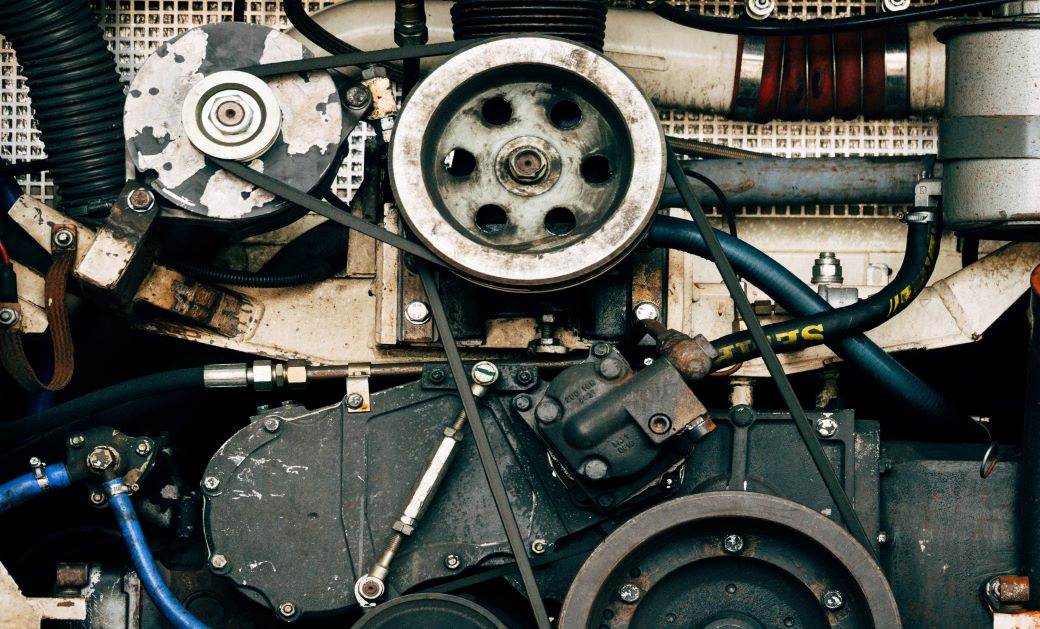High-Performance Used Engines for Sale: Get More Power for Much less
High-Performance Used Engines for Sale: Get More Power for Much less
Blog Article
Vital Factors To Consider for Making Certain Top Quality and Durability in operation Engines
When thinking about the purchase of an utilized engine, guaranteeing its quality and long life requires a multifaceted technique. Upkeep history is a critical aspect, as it provides insight into the engine's past treatment and prospective future integrity. Beyond paperwork, an in-depth examination of physical parts-- such as belts, pipes, and seals-- can disclose hidden issues. Performance testing is also essential, offering a snapshot of the engine's operational performance. Understanding the nuances of these analyses and their ramifications can be complicated. What are the essential strategies that can be utilized to browse this intricate analysis process properly?
Engine Background Evaluation
In the world of used engines, a thorough engine history evaluation is paramount to making sure high quality and integrity. Comprehending an engine's past can offer vital insights into its performance abilities and prospective future longevity.
In addition, reviewing any type of history of repair work or replacements is vital. Engines that have actually gone through significant repair services may have underlying concerns that could resurface. Recognizing the context of such fixings, whether because of manufacturing flaws or owner negligence, is important in developing a thorough examination. Examining the engine's mileage can serve as a sign of wear and tear. Reduced mileage engines are usually better, yet it is likewise vital to take into consideration how those miles were collected. An engine utilized mainly for long-distance freeway driving might be in far better problem than one based on constant stop-and-go city website traffic.
In essence, an extensive examination right into an engine's history is vital for making informed purchasing decisions. used engines for sale.
Comprehensive Examination Guide
While recognizing an engine's history supplies important context, an extensive evaluation is the next action to ensure its present problem lines up with historic data. The examination ought to begin with a visual assessment, looking for signs of leakages, rust, and unusual wear. Examine the exterior for oil stains or coolant marks, which may indicate underlying problems.
Following, evaluate the engine's installing system for any loosened screws or irregularities that might impact efficiency. Pay attention to the problem of belts and hose pipes, as these parts are crucial for optimal engine functionality. Take a look at for cracks, fraying, or any type of indications of degeneration.

Identifying Deterioration
Identifying indications of wear and tear is crucial for analyzing a used engine's long life and reliability. It entails a meticulous exam of numerous engine parts to identify their present state and prospective future performance.
An additional essential element is inspecting the engine's seals and gaskets. These parts are crucial for preserving appropriate stress and stopping fluid leakages. Proof of oil leakages or worn gaskets Read Full Article typically recommends wear and tear, possibly resulting in more serious problems if not resolved without delay. In addition, abnormal sounds during engine procedure, such as knocking or ticking noises, may indicate inner damage or extreme endure moving components like pistons or bearings.
The condition of belts and hoses is similarly essential, as they play a vital role in the engine's total feature. Broken or frayed belts and brittle tubes are indications of aging that might result in engine failure if neglected. Lastly, checking out the oil problem and filter can give insights right into previous upkeep methods, as dirty oil or clogged filters recommend forget and sped up wear.
Efficiency Testing Fundamentals
Evaluating the wear and tear of engine parts sets the stage for an extensive analysis through efficiency screening. Performance screening offers as a critical action in identifying the functional stability of a used engine.
Utilizing dynamometers is a common technique in performance testing. These tools gauge the engine's result across various conditions, providing a thorough account of its functionality. Furthermore, on-road screening enhances dynamometer evaluations by observing engine habits under normal driving scenarios, ensuring it satisfies the needed criteria for both safety and security and efficiency.
These devices evaluate engine management systems, identifying faults in digital elements that could impact performance. Comprehensive testing not just validates official source the engine's operational condition but additionally aids in projecting future maintenance needs.
Upkeep and Care Tips
Proper upkeep and care are crucial to lengthening the life expectancy of an utilized engine and guaranteeing its regular efficiency. Routine oil modifications are critical; utilizing the producer's recommended oil type and grade can avoid too much deterioration. In addition, oil filters must be replaced concurrently to maintain ideal lubrication and tidiness within the engine.
Monitoring liquid degrees, consisting of coolant, transmission liquid, and brake fluid, is important. Making sure these liquids go to ideal levels aids stop overheating and various other mechanical problems. Examining belts and hose pipes for signs of wear, such as fractures or fraying, can prevent prospective failings that might cause costly repair work.
Routine assessment of the air filter is also required, as a tidy filter guarantees efficient air flow and burning, thereby enhancing engine performance. Stimulate plugs should be examined and changed when needed to preserve efficient fuel burning and protect against engine misfires.
Finally, regular diagnostic checks using specialist devices can recognize possible concerns before they come to be considerable issues. By sticking to these upkeep and care pointers, made use of engine owners can guarantee their engines remain trusted, reliable, and efficient in doing more than a prolonged period.
Conclusion

Report this page